Over the last few days, I had the opportunity to work on a skipjack in in a waterman’s town and really immerse myself in the culture that is Deal Island, Maryland. I ate at the local hangout spot, worked in their marina all day and spent time talking with people around town. After spending a few days in the heart of this watermen’s town, I began to understand the lifestyle of these people of the community, but only after we found a productive means of communication. We all speak the same language, but there was a barrier between us because of the nature of our very different communities. It was more difficult to find a way to express my thoughts and explain my way of thinking. This trip to Deal Island highlights the significance of communication. Communication is the one of the most important skills that we have learned throughout the semester. It is more complex than simply having a conversation with a person. It is a strategic process that requires one to assess a situation and react accordingly to bring about a productive and meaningful conversation.
The people of Deal Island are simple people in the sense that they are not caught up in the modern fast paced lifestyle. They are all part of a small and tight knit community. With the people of Deal Island living so close with one another, the communication between them and their neighbors and townspeople is often. The people in this community spread information throughout the town by word of mouth and because these interactions with each other are so frequent, the community is very connected. Everyone knows the most recent town news and the current gossip of the day, but this steady stream of communication really encloses the people to the town. Outsiders seem intrusive in a sense and it becomes difficult, but not impossible to find a way to communicate with them. This is true for any community. There is comfort in knowing the people around you and likewise there is often hesitance towards change or the unknown. Our job as students is to acknowledge this hesitance and break it so that we may learn from these communities in a comfortable conversation.
While visiting Deal Island, we used the local restaurant as a bridge between our Washington College community and that of Deal Island. We ate at this local hangout spot a couple times a day. At first our interactions with the people of the town were polite the conversation was no more than one or two questions and responses when we were asked if we were from the college or what we were studying. It felt as if we were just any other customer ordering sandwiches for lunch. The following interactions were very similar to the first and it was not until we took a drive around the island to get a glimpse into the workings of the community that we really were able to find a common ground of communication. Our last night at the restaurant, we set up a slideshow of pictures we had taken during this drive around the island. We each took a few minutes to explain why we had taken this picture and why we thought it represented the community and its culture. Only then were we able to partake in an in-depth conversation with the people of Deal Island. They felt comfortable explaining their thoughts about our findings and they shared stories and insights into their culture. These pictures and our short descriptions and questions about their culture exemplified our curiosity and were the tools we were able to use to break the hesitation of these people sharing their stories with outsiders.
The most important aspect of opening up an in-depth conversation is the trust between the two parties. Either side should not feel interrogated or on the spot. Everyone should feel comfortable sharing their ideas and asking and answering questions. The tools one can use to get to this trusting relationship are endless and can be as simple as a picture or an honest and innocent question. It is inevitable that we will all come across a situation in which we need to open up a meaningful conversation and this semester has provided us with the necessary opportunities to experiment with different tools of communication. It is a fundamental skill that is often forgotten, but extremely important for the purpose of learning from the people different communities. There is much to be learned through the sharing of cultures and it is our responsibility to bring this out as we experience new people and societies.

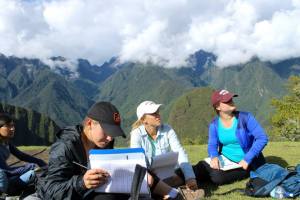


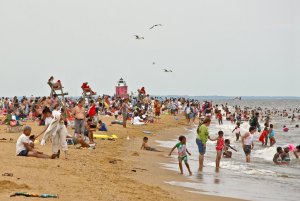
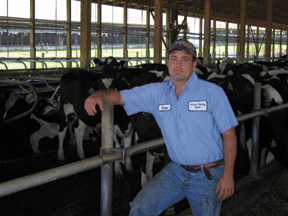
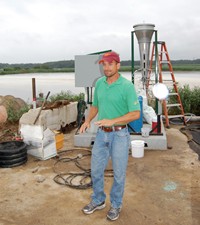
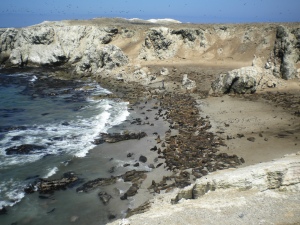
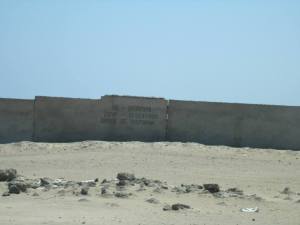
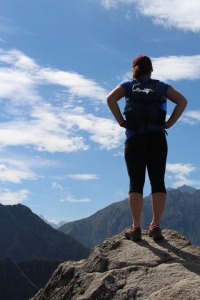
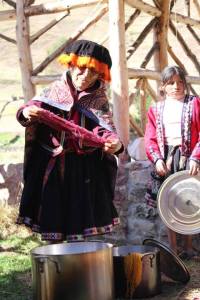

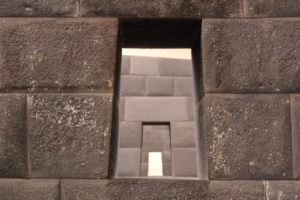 The city of Cusco was built upon Incan architecture, but not in a figurative sense. Incan structures were used as foundations for the Spaniards to build religious structures like a church and a monastery. The interesting contrast between these modern and traditional societies is very dramatically represented in the monastery of Cusco. Visiting Quirikencha, the Incan temple of the sun, it is evident that the traditional structure is stronger. After decades of earthquakes and other natural disasters, the modern structure, built by the Spaniards, has been ruined. The Incan stone work has outlasted the plaster and decorative structures of the Spanish. Even today the Incan structures are the foundation for the modern society as they support the growing tourism economy of huge city.
The city of Cusco was built upon Incan architecture, but not in a figurative sense. Incan structures were used as foundations for the Spaniards to build religious structures like a church and a monastery. The interesting contrast between these modern and traditional societies is very dramatically represented in the monastery of Cusco. Visiting Quirikencha, the Incan temple of the sun, it is evident that the traditional structure is stronger. After decades of earthquakes and other natural disasters, the modern structure, built by the Spaniards, has been ruined. The Incan stone work has outlasted the plaster and decorative structures of the Spanish. Even today the Incan structures are the foundation for the modern society as they support the growing tourism economy of huge city. The women of Parque de la Papa rely on the non profit group ANDES to help market their medicinal products for sale to tourists and other consumers. These women already knew how to grow, harvest and prepare these products, though they lacked access to the knowledge of how to make it a profitable business. ANDES identified this issue and was able to help the women of this community who can now sell their products to make extra money for their families. A similar situation exists in Smith Island with the Smith Island Crabmeat Co-Op. The women of the co-op have turned to the Chesapeake Bay Foundation for answers about the disposing of the empty crab shells. The island has also received help from the Army Corps of Engineers to build a bulkhead to help with the island’s erosion. The two communities have become dependent on outside assistance because of a restriction of access to information and education.
The women of Parque de la Papa rely on the non profit group ANDES to help market their medicinal products for sale to tourists and other consumers. These women already knew how to grow, harvest and prepare these products, though they lacked access to the knowledge of how to make it a profitable business. ANDES identified this issue and was able to help the women of this community who can now sell their products to make extra money for their families. A similar situation exists in Smith Island with the Smith Island Crabmeat Co-Op. The women of the co-op have turned to the Chesapeake Bay Foundation for answers about the disposing of the empty crab shells. The island has also received help from the Army Corps of Engineers to build a bulkhead to help with the island’s erosion. The two communities have become dependent on outside assistance because of a restriction of access to information and education.